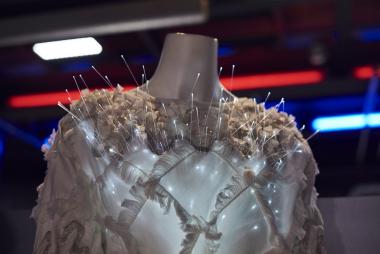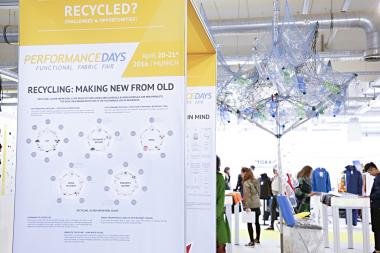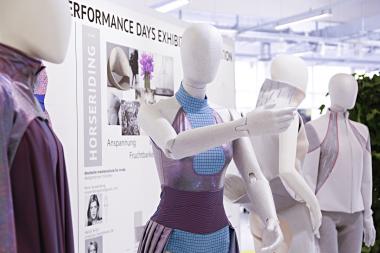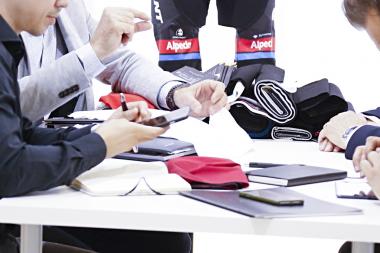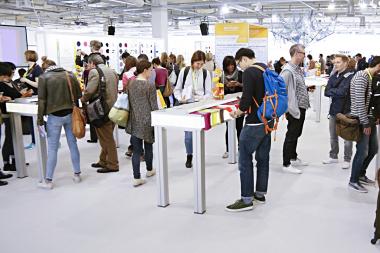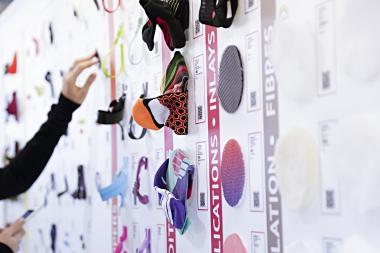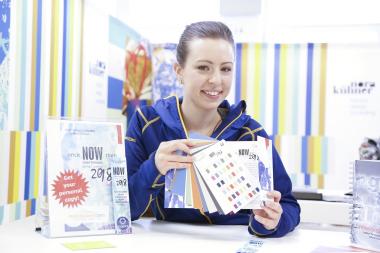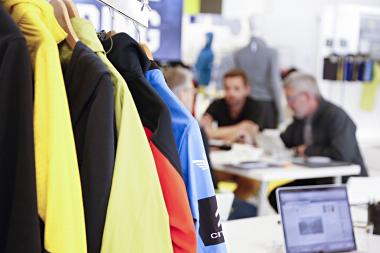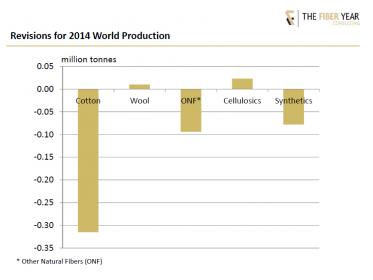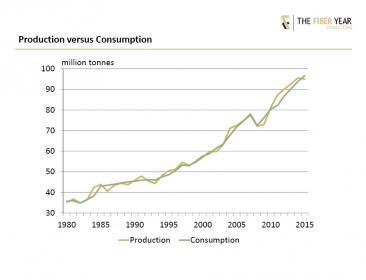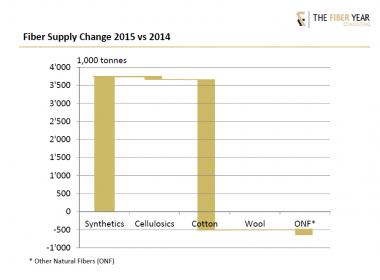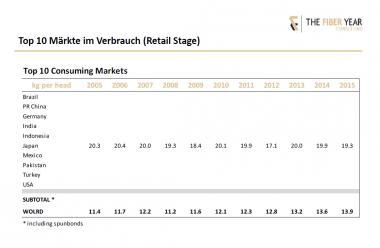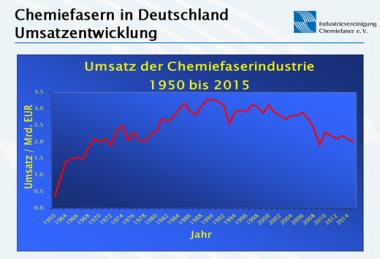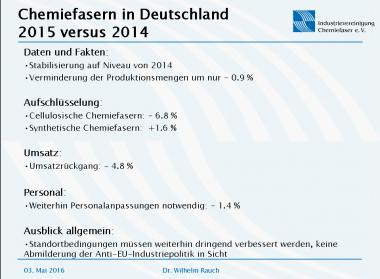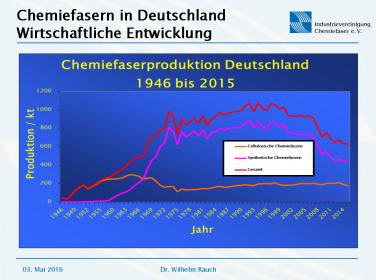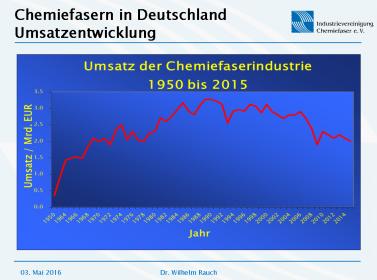MUNICH FABRIC START S/S 2018: THE SIGNS OF THE TIMES RECOGNIZED
A stable high number of visitors, the measurable acceptance of all changes and expansions in the Bluezone area and a top level supporting program with a trend lecture by Li Edelkoort and the presentation of the Hightex Award confirm the correctness of the fair concept at Munich Fabric Start. The exhibition time expansion of Bluezone and Keyhouse reflects the success of the Denim segment and the innovation driver in the Keyhouse.
Due to the addition of the Catalyzer Hall last fall, approx. 100 exhibitors will present their latest developments in the Bluezone area. The Keyhouse has been accepted as a crystallization point for
trends and innovations and has also been ennobled by one of the rare appearances of the trend visionary Li Edelkoort. At the center are the innovations that have qualified for the Hightex Award and developments in the area of sustainability. The latter were presented under the heading Sustainable Innovations for the first time. There were eight innovative concepts - from jellyfish leather to citrus fibers until fruit leathers - that showed a vision of where textile-technological developments could lead in the future. In the tried and tested format of organicselection, the future theme Sustainability received great attention with the latest developments in sustainable produced fabrics and accessories. Spatially placed around the stele-like structured future visions, highly innovative companies like Schoeller Technologies and various universities showed their novelties. Everything has more of a laboratory character and is therefore more inspiring than commercial, which is effectively underlined by the ambiance of the old industrial structure of the hall. The interest of the visitors shows that it is well received. The trend presentations and expert talks were also held here.
Into the Blue
Across the street in halls 1 to 4, the more basic work takes place. The range is internationally attractive with approximately 1700 collections of about 1000 exhibitors and represents the real happenings in the textile market. Here too the trend fora are well visited. The additionals, as the accessories are called here, received more presence in the trend presentation, which was generally welcomed, as they represent a significant part of the exhibitor portfolio. The details of the presentation themselves however still need to be significantly optimized. It also should be permissible to ensure, that a development of a "two - party society" of this side and the other side of the road, which prefers the special part of the Blues through its concentration of events and visionaries of these halls, should be prevented; knowing that that part is showing a market segment for itself and which hardly mixes with "normal" clothing. An important step however is now the adjustment of the opening days: three equal days for all areas.
Encourage innovation
The Hightex Award was only launched last season. As said by the fair organizers it should promote the "most innovative and forward-looking product developments for fabrics and additionals by the exhibiting companies in the fields of technology, smart fibers, sustainability, resource efficiency, finishing and functionality", as well as the growing "demand for innovation, added value and unique features" in the fashion sector. Sustainability however is only one of the to be considered requirements and is not an exclusion criterion for the pre-selection. Sebastian Klinder, Managing Director of Munich Fabric Start, reported about more than 300 requests in the current season.
The winners of the event were: Place1 Tintex Textiles Portugal, with a breathable, cork-coated Jersey of Tencel / Cotton, followed by Soorty Enterprises from Pakistan, whose bi-elastic denim with a high proportion of recycled polyester (Coolmax) for sportswear convinced the Jury. The 3rd place went to Thermore, Italy, for the development of a heat regulating Inlet from a fiber fleece with a vaporized polymer. The good mood of the entire sector was striking, which obviously did not want to become affected by the worrying environmental conditions in politics and on the export markets.
The platform was used for information and discussions, as the clothing manufacturers are due to missing attractive trends more than ever being asked to filter the right suitable things out of the huge spectrum of materials, colors and patterns, which could be appropriate for them. "For the first time, I am looking pessimistic to the future," the grand lady of fashionable trend forecasts, Li Edelkoort, said. She attributed the most important significance to the parameters of movement and change, which gave her the chance to add to the theme "Transform", free: change – from her point of view an additional facet.
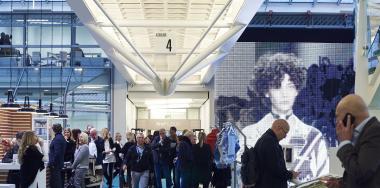 © munich fabric start
© munich fabric start
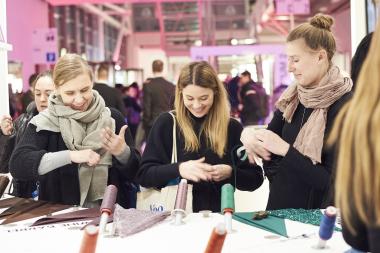 © munich fabric start
© munich fabric start
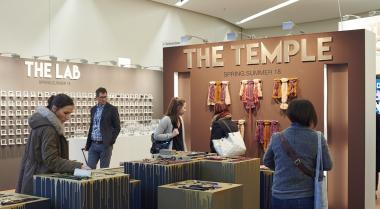 © munich fabric start
© munich fabric start
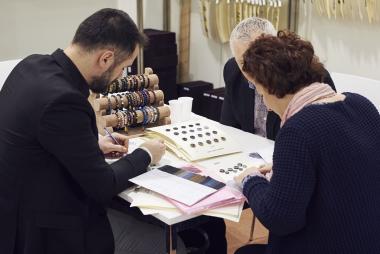 © munich fabric start
© munich fabric start
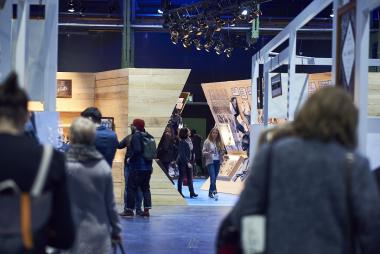 © munich fabric start
© munich fabric start
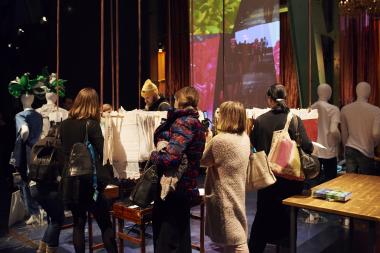 © munich fabric start
© munich fabric start
Brigitte Methner-Opel for Textination


